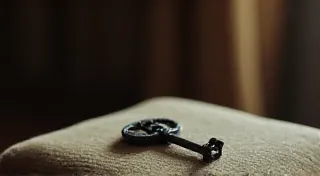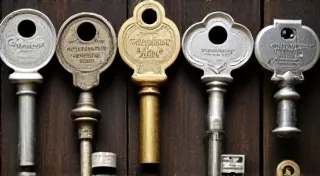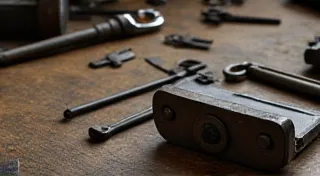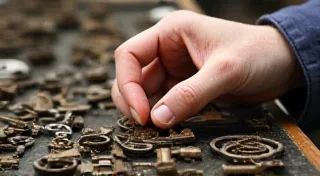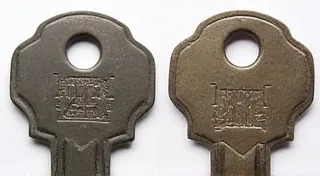Regional Variations in Antique Keys: American, European, and Beyond
Antique keys are more than just functional objects; they're fascinating artifacts reflecting the craftsmanship and cultural influences of their time. Just like architecture or furniture, antique keys display striking regional variations. Their designs, materials, and construction techniques often reveal clues about their origin. This article explores the distinct characteristics of antique keys from America, Britain, France, and Germany, offering insights into their locksmithing traditions and unique aesthetics. Understanding the nuances of these variations can significantly enhance the appreciation of these miniature works of art. Many collectors start with a beginner's guide to antique keys to learn the fundamentals.
American Keys: A Blend of Styles
American antique keys, particularly those from the 18th and 19th centuries, often represent a unique blend of influences. Early American keys were often simpler and more utilitarian, reflecting the practical needs of the developing nation. You'll often find bit keys and wafer keys common from this era. Later, American locksmithing adopted European techniques, but often with a distinctly American interpretation. The availability of materials also played a role; brass was widely used, leading to brighter and often more ornate keys compared to some European counterparts.
American keys frequently exhibit a more robust construction, designed to withstand the demands of frontier life and burgeoning industries. Watch for keys with larger bows and thicker shanks. The prevalence of patent dates on American keys is also a noteworthy characteristic, signifying a culture of innovation and mechanical ingenuity. Often you will find keys labeled with the Locksmith's name and location. The shape and design of keys have evolved considerably throughout history, and examining that evolution of key shapes can offer crucial context when identifying regional variations.
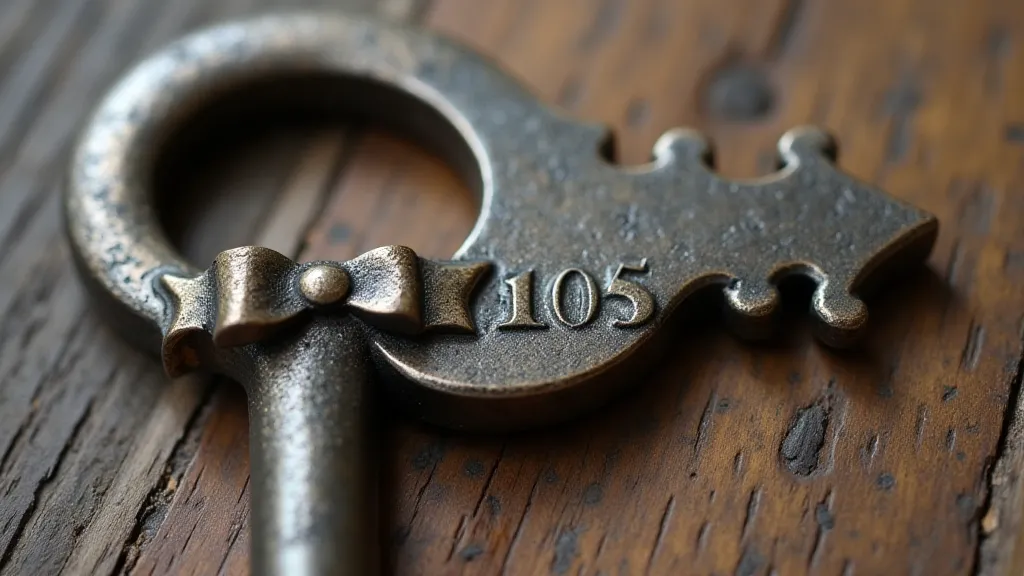
British Keys: Tradition and Craftsmanship
British antique keys embody a long tradition of locksmithing, with styles heavily influenced by centuries of established practices. Early British keys often utilized iron, reflecting the available resources and the demands of domestic and industrial use. Later, brass became more common, especially in higher-end keys.
British keys are renowned for their elegance and attention to detail. You’re likely to encounter complex warding patterns and intricate bow designs. The craftsmanship is often impeccable, showcasing the skills of seasoned British locksmiths. Look for keys with elaborate scrollwork and finely detailed engraving – hallmarks of British locksmithing excellence. Key blanks were often manufactured, and then the Locksmith would cut the key for the specific lock. Examining the history of accessories like key fobs adds another layer of understanding of the era; a look at key fobs: a brief history and antique examples will show how keys were often carried and displayed.
French Keys: Ornate and Elegant
French antique keys are characterized by their distinctive blend of elegance and functionality. Often, French keys exhibit a sophisticated aesthetic, incorporating decorative elements and refined detailing. The influence of French Baroque and Rococo styles is often evident in the bow designs – scrolls, floral motifs, and flowing lines are common.
French locksmiths frequently employed advanced techniques, creating keys with complex warding patterns and unique shapes. The use of bronze and other high-quality metals contributes to the luxurious feel of many French antique keys. Look for keys with elongated shanks and ornate handles, reflecting the French emphasis on beauty and refinement. The story behind these objects is often rich with history and lost narratives.
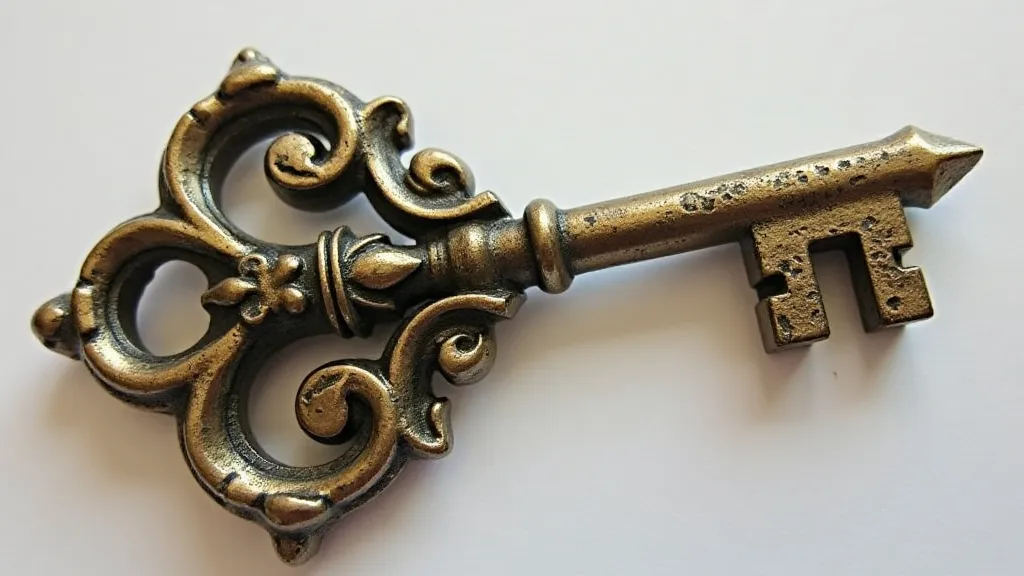
German Keys: Functional and Robust
German antique keys often strike a balance between functionality and aesthetic appeal. While they can be quite ornate, especially in later periods, many German keys emphasize robustness and practicality. Early German keys tend to be simpler in design, utilizing iron and later, steel.
German locksmithing embraced a blend of local traditions and influences from neighboring European countries. You might encounter keys with distinctive warding patterns reflecting regional variations. Look for keys with sturdy construction and a focus on durability. The early 20th Century saw the use of new alloys like Monel used in key manufacture. Many of these objects tell stories of absence and loss, a theme explored further in "The Cartography of Absence."
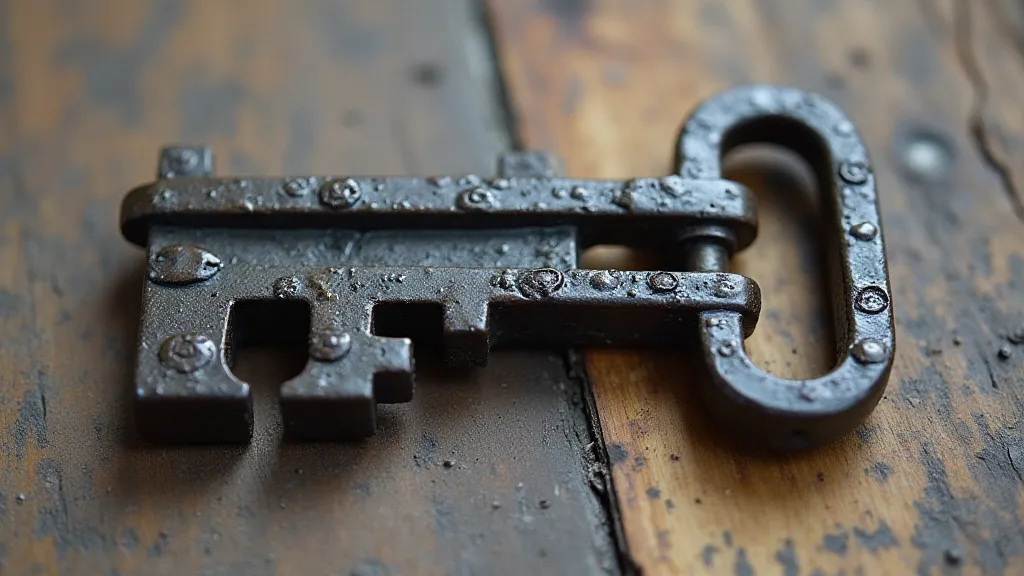
Identifying Keys by Origin: Key Considerations
While generalizations can be helpful, identifying the origin of an antique key can be challenging. Many factors contribute to the difficulty, including trade routes, re-use of materials, and evolving design trends. Furthermore, the rise of industrial production blurred regional distinctions over time. Understanding the larger historical context surrounding key design and production is crucial for accurate identification.
Here are a few key considerations, expanded with details to help the discerning collector:
- Materials: The types of metals used can offer clues, though materials were often traded and re-used. Brass, iron, steel, bronze, and more recently alloys like Monel, each have distinct historical availability and regional associations. The prevalence of certain metals also reflects the economic priorities of the time and place.
- Design & Style: Consider the overall aesthetic – is it ornate, robust, simple, or refined? Ornate keys often point to cultures that valued aesthetics, while robust keys suggest practicality and functionality were prioritized. Think about the prevailing artistic styles of the era and region.
- Warding Patterns: Unique warding designs can be indicative of regional locksmithing practices. Warding refers to the specific cuts and patterns on the key bit that interact with the lock’s mechanism. These patterns are often passed down through generations of locksmiths, making them valuable identifiers.
- Markings: Look for markings, stamps, or engravings that might indicate the maker or origin. These can range from maker's marks to patent dates, and even the locksmith’s name and location. Even faint markings can be revealing with proper lighting and magnification.
- Key Bow Shapes: Bows shapes varied based on region and period. The bow is the decorative loop at the end of the key. Different cultures developed unique bow designs, reflecting regional tastes and locksmithing traditions.
Beyond these basic considerations, research into historical locksmithing guilds, trade routes, and the availability of materials can greatly enhance the accuracy of identification. The journey of identifying an antique key is often as fascinating as the key itself, revealing layers of history, craftsmanship, and cultural significance.
Ultimately, a combination of observation, research, and experience is crucial for accurately identifying the origin of antique keys. Happy collecting! Remember that the stories these keys hold are often fragmented and incomplete; appreciating the mystery and the journey of discovery is just as important as the final identification.

